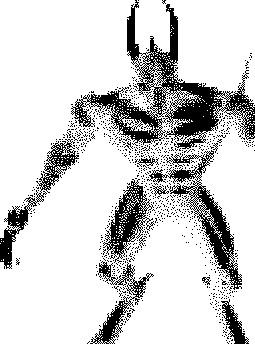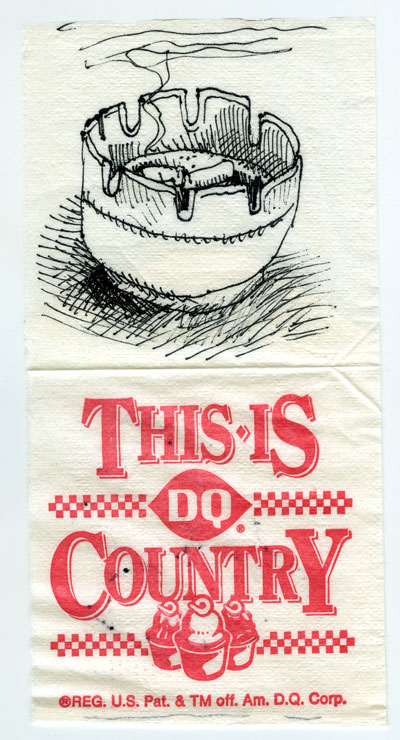Christopher Priest, The Inverted World
--An early (1972) almost-straight-science-fiction work by the author of The Prestige. This should be better known, it's exceptional British new wave that is not as glum as J.G. Ballard (although it's pretty glum). For much of its length it seems to be masquerading as a "hard" sf novel a la Hal Clement's Mission of Gravity. Ultimately, though, "inversion" describes both the setting (a world of spatiotemporal distortion) and what the book does to genre expectations.
David Goodis, Black Friday, Cassidy's Girl, The Burglar, Street of No Return
--Goodis is dark without making you want to hang yourself, a la Jim Thompson; these four are the best I've read so far. Library of America included the latter two in its collection of five books in a single volume but I would swap Black and Cassidy for Nightfall and Moon in the Gutter. Another strong contender is Down There, which served as an unlikely basis for Truffaut's film Shoot the Piano Player. Shoot is manic and lighthearted, where most Goodis is lugubrious and fatalistic. Truffaut follows the source novel's arc of a societal rise and fall almost exactly but makes subtle changes of tone and attitude throughout. Down There has humor but it's not as rollicking as Truffaut's "Gallic absurdist" (?) twist on the material. (E.g., the indelible quick shot of an elderly woman clutching her heart and falling down after a gangster says "strike my mother dead if I'm lying.")
Georges Simenon, "Inspector Maigret" novels.
--Penguin is republishing and retranslating all 80-some-odd of these books and that's a smart call -- they are highly addictive and not in the least repetitive. There are a few standard recurring themes, such as a small town with local aristocrats hiding dirty secrets, but Simenon keeps it fresh with unexpected plot developments, keen observations of people, and lush but economical descriptions of French locations ranging from the Atlantic seaside to Paris to the Cote d'Azur. Start at the beginning and read the first thirty (they're short) -- the next translation is due in late November.
Update, September 26: Major rewrite of post.


